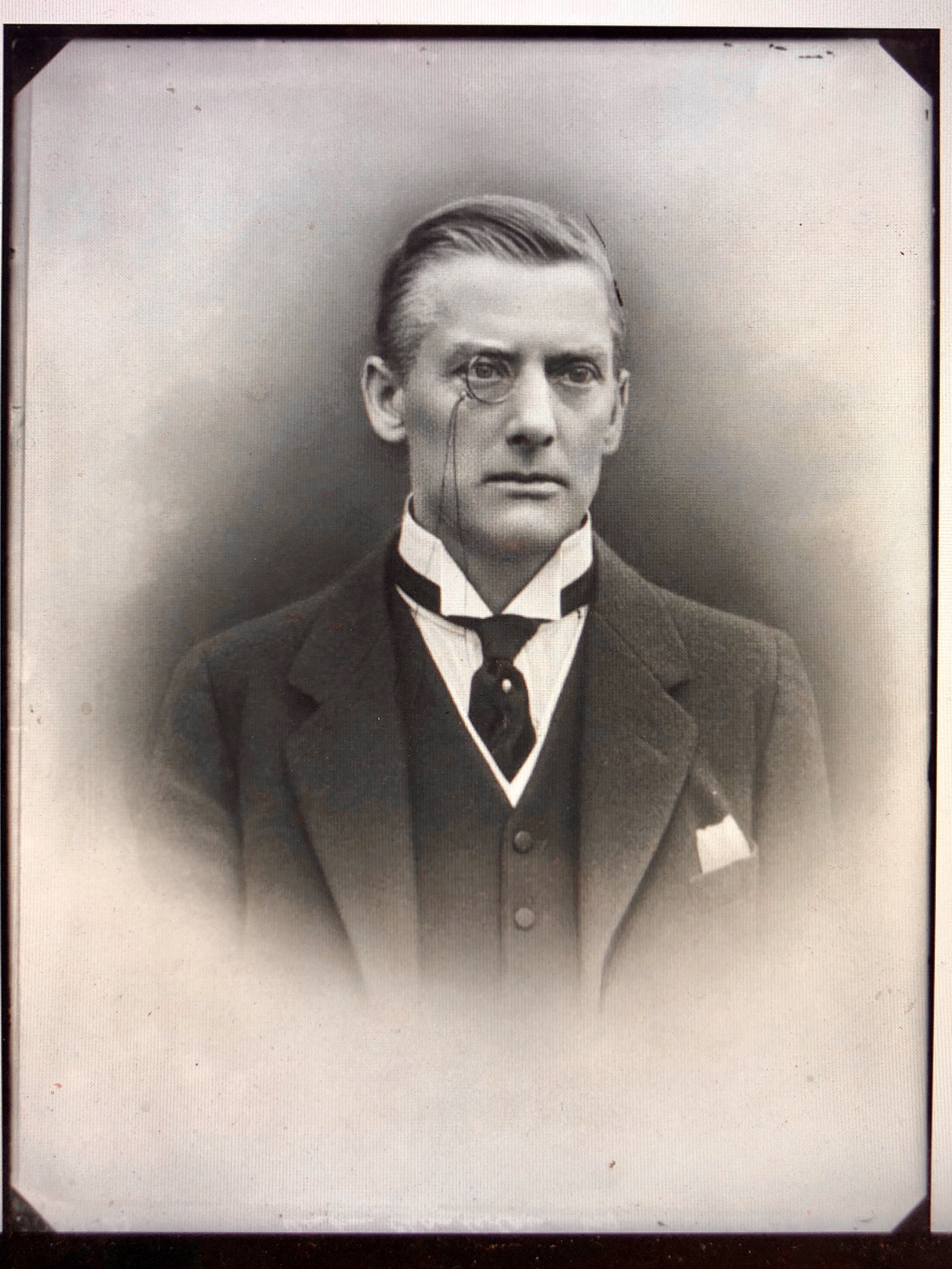Restoring The Peace
In 1919 Britain was gripped by recession.
The First World War had ravaged the country’s finances, decimated two generations of men and devastated communities across the country. One man felt duty bound to restore hope. That man was Sir Austen Chamberlain.
The Finance Minister’s first job was to put Britain back on a sound economic footing. His second, as the Foreign Secretary, some years later, was to devise a European peace treaty to ensure the atrocities of the Great War would never be repeated.
By 1925, on his 62nd birthday, Sir Austen Chamberlain had achieved the impossible. European nations had agreed to settling future differences through arbitration, and not through acts of war. The Locarno Treaties were largely of Chamberlain’s making. For his part, Chamberlain was awarded the Nobel Peace Prize and the Order of the Garter. The latter honour dates from 1348 and is regarded as the most prestigious British order of chivalry.
Chamberlain was showered with telegrams from the King, the Prime Minister, letters, poems and even songs of congratulations. It was his finest hour. He knew that he would ‘never have the chance or make such use of it again’.
Sadly he was right. Less than a decade later, the elder statesman became a figure of public ridicule, as the first to warn of the growing threat from Germany. He was dismissed by fellow Conservative MP “Chips” Channon, who noted in July 1936 that ‘old Austen Chamberlain, the doyen of the House of Commons donkeys, made a really stupid speech in which he attacked Germany with unreasoning violence. He is ossified, tedious and hopeless out of date’.
Less than a year later, Chamberlain died suddenly at home, in his beloved Ivy’s arms. His premature death spared him the knowledge that his peace pact was to crumble, following Hitler’s invasion on the demilitarised Rhineland. He died six weeks before his half-brother, Neville, became Britain’s next Prime Minister and one of the country’s most despised politicians.
This blog is dedicated to the backdrop in which Chamberlain laid the foundations of peace and prosperity.
Chamberlain moved to a cottage in East Sussex just months after his re-election as Finance Minister.
Personal correspondence shows that his time at Twitts Ghyll was both the happiest period of his personal life and the most tumultuous of his political one. Even when most burdened with official matters of State, his letters tended often to begin with references to gardening.
It was here that he fulfilled a life-long ambition to create an alpine rock garden. He was known to take time off from Geneva to embark on plant-finding trips and became an authority on the subject. He wrote extensively about his garden in his autobiography Down The Years.
Financial reasons saw Chamberlain sell the house in 1929. He speaks of missing it physically as well as morally and his favourite subject of gardening drops almost immediately from his letters. It reappears only in the last few months of his life, as he enthusiastically planned a single flower bed in his new home. He never saw the spring of 1937.
A century on, I have discovered Chamberlain’s Sussex idyll.
The house, already four hundred years old in Chamberlain’s time, has barely changed. It remains solid, cosseting and almost monastic in its bones. The garden is a much wilder place. Those same stone walls and arches lead visitors through to different vistas.
Some remains. Austen’s rockery sits adjacent to Ivy’s rose garden at the bottom of the hill. Sapling yew hedges now rear thirty feet into the air. A daisy bush, the size of which I have only seen once before, peels strips of bark longer than my arms.
Everywhere I find evidence that Chamberlain’s passion endures. I discover lead plant labels in the rockery that have slipped between boulders many decades ago. Winter reveals a stone trough submerged in a hundred years of leaf mulch. His rhododendrons now grow with branches thicker than thighs.
On the clearest of days I see the tops of a small town on a crest of land four miles away. Other than that, the view, I suspect, is much the same. Thousands of trees in front of us, water meadows below and pastureland above.
Part historical narrative, part diary, these words I hope will provide the link between past and present and how very little, in fact, separates us.
In uncertain times, Chamberlain’s own words echo, “D_ politics! Cultivons notre jardin.”



